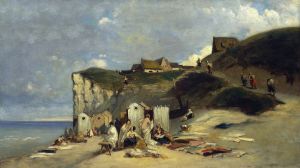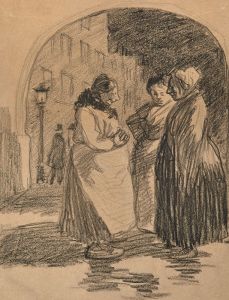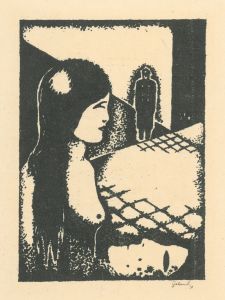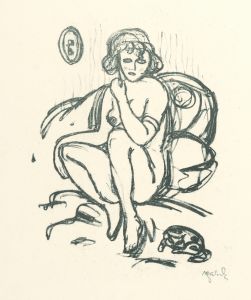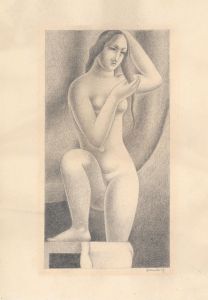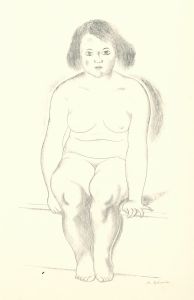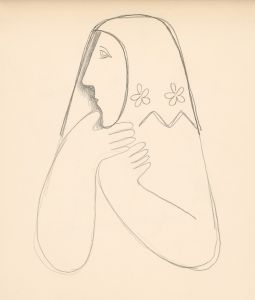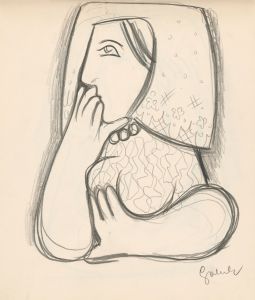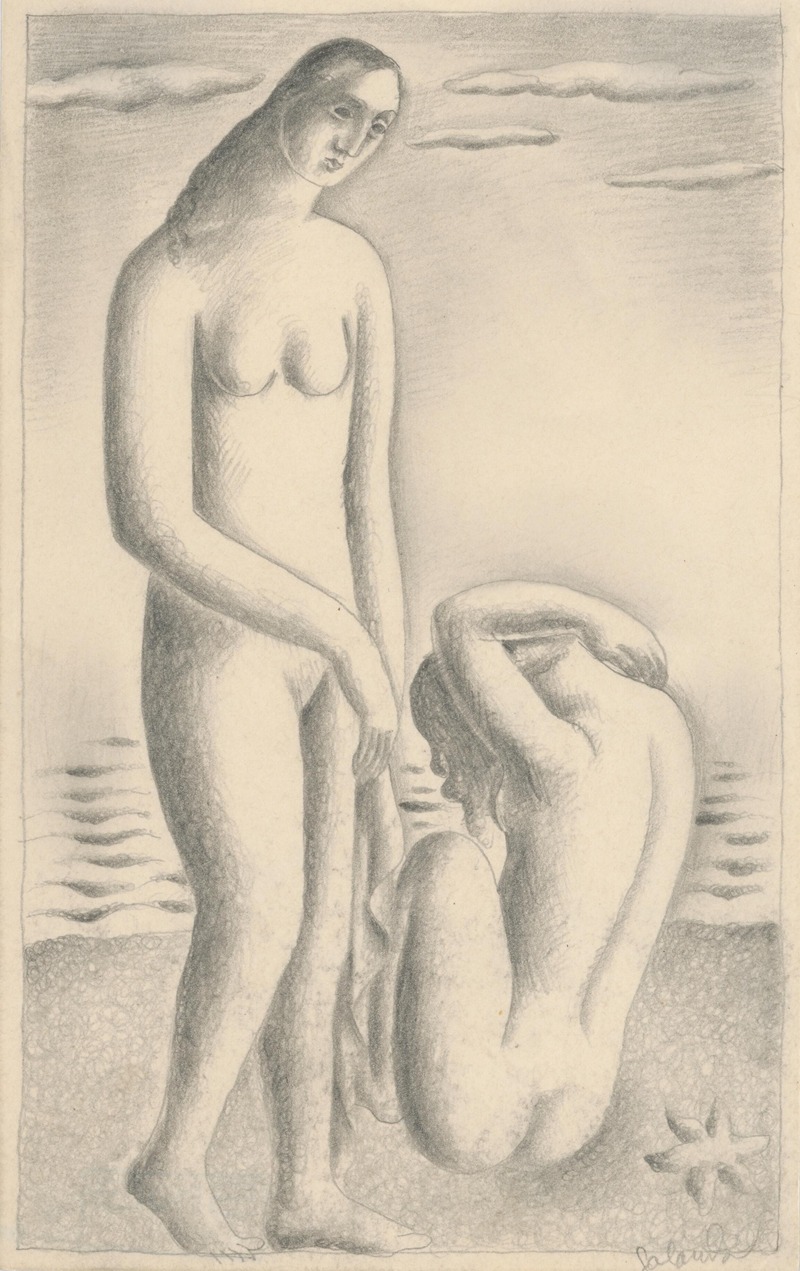
Ženy na morskom brehu
A hand-painted replica of Mikuláš Galanda’s masterpiece Ženy na morskom brehu, meticulously crafted by professional artists to capture the true essence of the original. Each piece is created with museum-quality canvas and rare mineral pigments, carefully painted by experienced artists with delicate brushstrokes and rich, layered colors to perfectly recreate the texture of the original artwork. Unlike machine-printed reproductions, this hand-painted version brings the painting to life, infused with the artist’s emotions and skill in every stroke. Whether for personal collection or home decoration, it instantly elevates the artistic atmosphere of any space.
Mikuláš Galanda was a prominent Slovak painter and illustrator, known for his significant contributions to modern Slovak art in the early 20th century. One of his notable works is "Ženy na morskom brehu" (Women on the Seashore), which exemplifies his unique style and artistic vision.
Mikuláš Galanda was born on May 4, 1895, in Turčianske Teplice, then part of the Austro-Hungarian Empire, now Slovakia. He studied at the Academy of Fine Arts in Budapest and later at the Academy of Fine Arts in Prague, where he was influenced by various modernist movements. Galanda's work is characterized by its synthesis of traditional Slovak themes with modernist techniques, often reflecting the cultural and social changes of his time.
"Ženy na morskom brehu" is a painting that captures the essence of Galanda's artistic approach. Although specific details about the painting's creation date and its current location are not widely documented, it is recognized as part of his broader body of work that often depicted human figures in natural settings. This painting, like many of Galanda's works, likely reflects his interest in the human form and its interaction with the environment, a common theme in his oeuvre.
Galanda was a member of the "Generation of 1909," a group of Slovak artists who sought to bring modernist ideas to Slovak art. This group was instrumental in the development of Slovak modernism, and Galanda's work played a crucial role in this movement. His style is noted for its bold use of color, simplified forms, and a focus on the emotional and symbolic content of his subjects.
In "Ženy na morskom brehu," Galanda's use of color and form can be seen as an exploration of the relationship between humans and nature. The painting likely features women by the sea, a motif that allows for an exploration of themes such as tranquility, contemplation, and the passage of time. The seashore setting provides a backdrop that is both timeless and universal, allowing viewers to connect with the scene on a personal level.
Galanda's work, including "Ženy na morskom brehu," is significant not only for its aesthetic qualities but also for its cultural impact. His paintings often reflect the social and political changes occurring in Slovakia during the early 20th century, a period marked by the struggle for national identity and cultural independence. Through his art, Galanda contributed to the dialogue about Slovak identity and the role of art in society.
Mikuláš Galanda's legacy continues to influence Slovak art today. His innovative approach and commitment to modernism have left a lasting mark on the artistic landscape of Slovakia. "Ženy na morskom brehu" remains an important piece within his body of work, exemplifying his ability to blend traditional themes with modernist techniques to create art that resonates with both historical and contemporary audiences.
In summary, while specific details about "Ženy na morskom brehu" may be limited, the painting is an important representation of Mikuláš Galanda's contribution to Slovak modernism. His work continues to be celebrated for its artistic innovation and cultural significance.





